
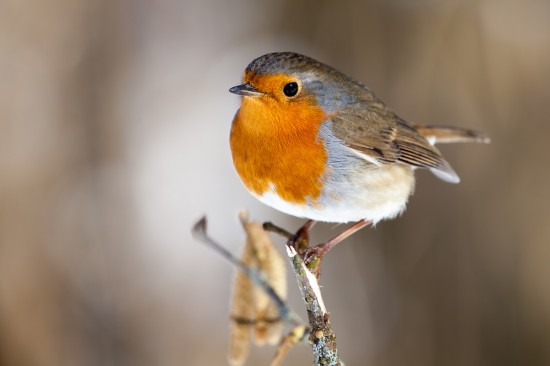




As the weather continues to get colder, our native birds in the UK that do not fly south for the winter find it increasingly difficult to find sources of food. While food shortages can occur at any time of the year, the winter is generally the most challenging time of year for wild birds to find food to survive and thrive.
If you are interested in the conservation of our native birds and would enjoy seeing a wide variety of different birds flocking to your garden for food during the colder months, setting up some form of supplementary food for the UK’s birds during the winter is a great idea.
In this article, we will explain how to feed wild birds, plus what types of food are good for them and they enjoy eating.
Different types of birds enjoy different types of food, so there is no conclusive formula for what constitutes the “right” food for wild birds, or what is particularly likely to attract birds to your garden. However, there are some foods that are generally considered to be nutritious and suitable, and some to avoid.
Do feed:
Avoid feeding:
There are a vast variety of different options for how to serve up food to the wild birds in your garden, from hanging feeders to bird tables and everything in between!
However you feed your garden birds, it is important to clear up any dropped food from ground level regularly, as delicious and nutritious morsels of food on the ground can attract rats and other rodents.
Some of the most popular methods of feeding wild birds include:
Different types of foods attract different types of birds, so providing a wide selection of different offerings will ensure that you will see the most diversity among your avian visitors. Where you live can also have an effect upon the types of birds that live locally to you, and in some areas, birds such as woodpeckers and blackcaps are common, while in others, they are virtually unheard of.
The most commonly seen garden birds over the winter months include:
You may also be lucky enough to see a much wider range of birds, including:
...And many more!
It is important to remember that wild birds, just like any other animals, can spread diseases and illnesses, and so you should take special hygiene precautions when feeding wild birds and handling tables, feeders and dishes. Keep all of your feeders separate to your household dishes and crockery, and disinfect them regularly. Always clean up spilled food from the ground, and do not allow food in feeders to decay and go mouldy.
Wash your hands thoroughly after handling your bird feeders or anything else relating to wild bird feeding, and wear gloves where possible.
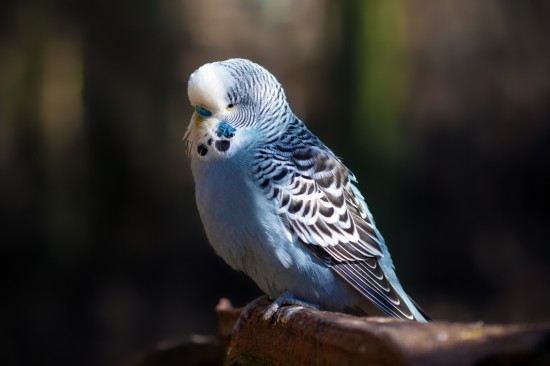 Common Illnesses In Budgies
Common Illnesses
Common Illnesses In Budgies
Common Illnesses
 How To Stop Your Dog From Destroying Your Furniture When You Are Out
How To Stop Your
How To Stop Your Dog From Destroying Your Furniture When You Are Out
How To Stop Your
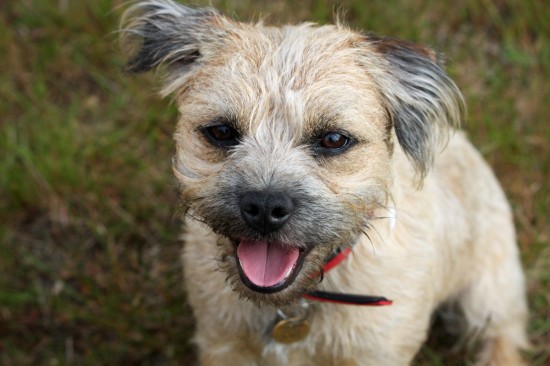 Is The Border Terrier A Good Choice Of Pet?
Is The Border Ter
Is The Border Terrier A Good Choice Of Pet?
Is The Border Ter
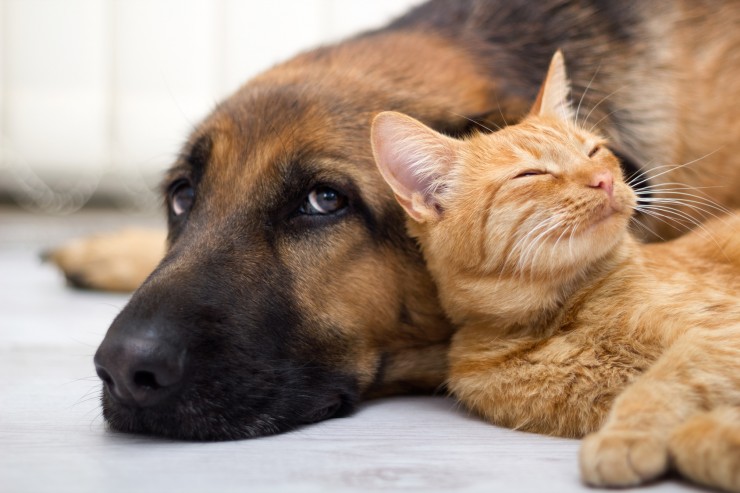 Do Plug-in Pheromone Diffusers For Cats And Dogs Really Work?
Do Plug-in Pherom
Do Plug-in Pheromone Diffusers For Cats And Dogs Really Work?
Do Plug-in Pherom
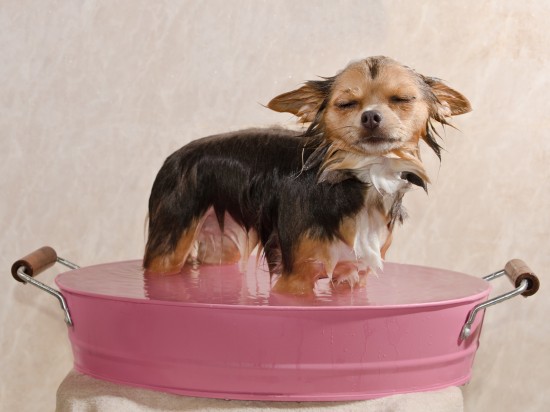 Why Does My Dog Smell?
Why Does My Dog S
Why Does My Dog Smell?
Why Does My Dog S
Copyright © 2005-2016 Pet Information All Rights Reserved
Contact us: www162date@outlook.com